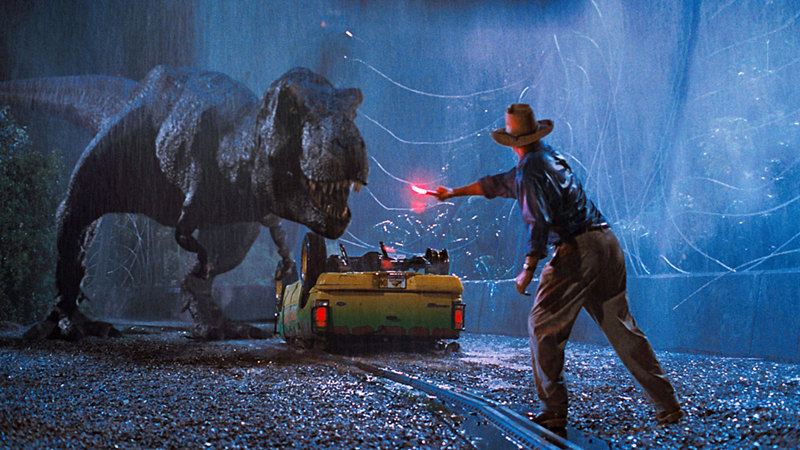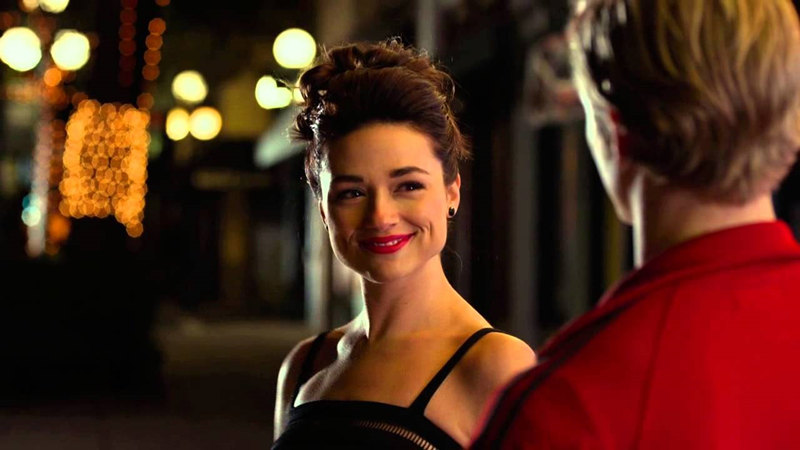I suspect I have become too jaded (or perhaps the correct word is traumatized) by decades of American indie quirk and its army of eccentric china doll outsiders heroically refusing to shatter under the brute force of conformity. I know I shouldn’t hold a trailblazer like “Harold and Maude” (1971) responsible for the hamburger phone and liger sins of its distant progeny, but after giving Hal Ashby’s cult favorite a third viewing, I remain unable to see the forest for the kooky trees.
Harold Chasen (Bud Cort, 22 during shooting, but with a wide-eyed gawping face that could pass for 14) is a wounded soul who acts out by staging very theatrical suicide attempts for the benefit of his unimpressed upper-crust mother (Vivian Pickles). Mother (she’s not the sort you’d ever call “mom”) responds to Harold’s faked hangings, blood-splatters, and self-immolations with exasperated sighs; Harold’s prolonged adolescence has become a nuisance, and it is high time for him either to get married or to join the military.
Harold doesn’t want to march off to either of those gallows, and prefers to spend his time tooling around in a hearse and attending the funerals of strangers. At one of them, he meets fellow necro-aficionado Maude (Ruth Gordon) whose 80th birthday is just a week away. Aside from her penchant for plying young Harold with “old lady snacks” like licorice and ginger pie, she’s like no senior citizen Harold or anyone else has ever met. Maude lives life out loud, heedless of anyone’s rules. She says things like “The earth is my body, my head is in the stars” and when she needs a ride, she steals the nearest car or even a policeman’s motorcycle; people are too uptight about their property. When Maude sees a poor little tree forced to grow in a lonely pot along a sterile San Francisco street, she instantly determines to set it free.
Maude is the signature creation of screenwriter Colin Higgins who began writing the script for “Harold and Maude” while he was a student at UCLA, and you either embrace her free-spirited antics or you don’t. Ruth Gordon, who had won an Oscar for “Rosemary’s Baby” just two years earlier, was generally praised for her performance and enjoyed a late-career burst of popularity as a result, becoming one of far too few actresses to receive regular work in her 70s and 80s.
To me, Maude plays as a phony construct whose zany impulsive behavior borders on condescending. At times, it feels like Maude and her incongruously young-at-heart capers, a perfectly upbeat contrast to Harold’s morbidity, have been concocted only to help the poor little rich boy out of his rut, and once she has served her narrative function, it’s time for the old lady to get out of the way. Arguing against this position is the film’s most effective and audacious aspect, a genuine love story between two characters separated by sixty years that does not play out platonically. The widow Maude gets an unexpected young lover in her life, and she’s secreted herself in a pocket of the world where nobody is around to judge. I’m down with that, but the rest of her adventures with Harold are just gratingly eccentric. Did I mention that Maude creates “odorifics” in her spare time? Google it.
I can offer no more cogent argument than that I simply “don’t buy” Maude at all. Most people do, and since that’s the case, it’s easy to understand why the film has been an enduring cult hit. Hal Ashby’s innovative use of zooms isolates these kindred spirits during intimate moments and then reveals their vulnerability in the grander world, creating a aura of delicacy that’s quite moving for those who do buy in, annoyingly precious for those who don’t. The film also makes nearly unprecedented use of its composer, Cat Stevens whose omnipresent vocals make him the de facto third character in the movie. He also states the film’s themes in no uncertain terms: “Well, if you want to sing out, sing out. And if you want to be free, be free. ‘Cause there’s a million things to be. You know that there are.”
Video:
The film is presented in its original 1.85:1 aspect ratio. This is a strong 1080p transfer even by Criterion’s heady standards, and I really can’t find any flaw with it so I’ll just provide the usual boilerplate: sharp image detail, strong contrast, rich colors, etc. I’m sure nobody’s ever seen it look this good outside of an immaculate 35mm print.
Audio:
Criterion provides the option of listening to the “Original Mono” or an “Optional Stero” track, LPCM 1.0 and LPCM 2.0, respectively. The quality of both is very strong though I suppose the Cat Stevens’ music sounds a little more dynamic in the 2.0, but the difference is modest. Optional English subtitles support the English audio.
Extras:
The film is accompanied by a commentary track by Nick Dawson, author of “Being Hal Ashby: Life of a Hollywood Rebel” and “Harold and Maude” producer Charles V. Mulvehill. It was recorded in 2011 for Criterion.
The disc includes two illustrated audio excerpts. The first is from a recording of Hal Ashby ( 13 min.) at a Jan 11, 1972 American Film Institute master seminar. The second is from a Jan 10, 1979 AFI master seminar conducted by screenwriter Colin Higgins (13 min.)
Criterion has also included a 2011 interview with singer/songwriter Yusuf/Cat Stevens (11 min.)
The 36-page insert booklet includes a splendid essay by critic Matt Zoller Seitz, an interview with Ruth Gordon conducted by Leticia Kent and originally published in the April 4, 1971 edition of the “New York Times,” a condensed version of a conversation between actor Bud Cort and cinematographer John Alonzo (conducted by John Rogers of the Colin Higgins Trust on Feb 5, 1997), and an abbreviated version of an interview (conducted by James Rogers on June 7, 2001) of executive producer Mildred Lewis, producer Edward Lewis and their daughter Susan who discuss meeting Colin Higgins (Higgins worked as their chauffeur and took the opportunity to pitch his script).
Film Value:
I always feel guilty when I don’t enjoy a much-loved film like “Harold and Maude.” I feel even worse after reading the rapturous FB updates from my friends the day Criterion announced the film’s impending release. I’m not here to spoil anyone’s appreciation. If you like “Harold and Maude,” this Criterion release is obviously a must-own for the superb 1080p transfer. Extras aren’t too extensive, but they’re not bad, and the insert booklet is beefier than usual.


